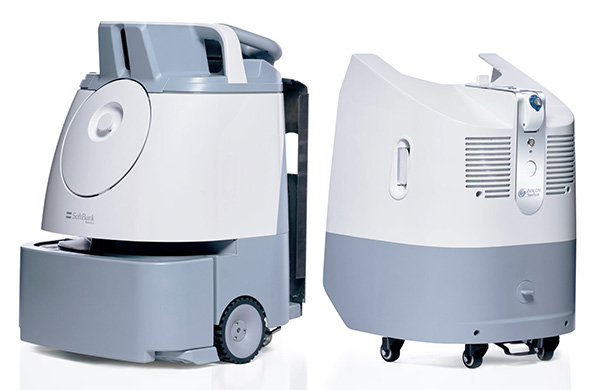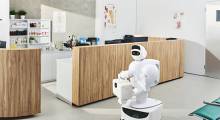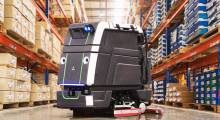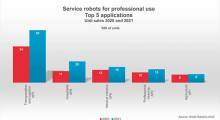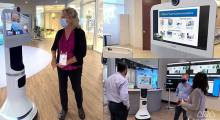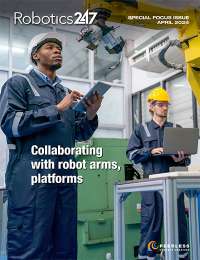Although the COVID-19 pandemic is easing in the U.S. as vaccines are distributed and social distancing rules are relaxed, concerns for public health remain heightened worldwide. Early last year, before the novel coronavirus was recognized as a threat elsewhere, robots in China were starting to perform tasks to keep people out of harm's way.
Mobile robots were pressed into service for cleaning and disinfecting public spaces as early as February 2020. As the pandemic spread, other nations followed suit. Companies that already provided disinfection robots hustled to meet demand, while many academic and startup platforms have attempted to join the market.
The global market for disinfection robots will grow from $341 million (U.S.) in 2018 to $2.3 billion in 2025, experiencing a compound annual growth rate (CAGR) of 36.4%, according to Mordor Intelligence LLP. Similarly, Persistence Market Research forecasts a 24% CAGR between 2020 and 2030.
When robots do the dirty work
From hospitality to healthcare, robotics has offered to reduce the risk for front-line workers, patients, and customers. Most disinfection robots rely on ultraviolet light or chemical sprays, but users should make sure that they have safety measures so they don't expose people to radiation or dangerous chemicals.
The level of autonomy also varies among mobile robots, but again, organizations should do their due diligence when considering different options to make sure that spaces get the proper amount of time and attention. Other human and robotic cleaners may still be needed, and some autonomous mobile robots (AMRs) have difficulty navigating around cluttered or crowded rooms.
Robots using UV light such as Blue Ocean's UVD Robots, were already known before the pandemic, but the proliferation of disinfection robots shows how a crisis can prompt technological development. In addition, automation is helping with testing, drug discovery, and delivery, as well as in manufacturing and supply chains for social distancing. Robots will likely continue in industrial and cleaning applications long after the novel coronavirus is under control.
The virus has provided a stress test, not only for global institutions, but also for robotics innovators. These 10 examples demonstrate how robots can not only do the dirty work often still performed by humans, but also to solve serious problems with limited lead time.
About the Author
Follow Robotics 24/7 on Linkedin
Article topics
Email Sign Up

